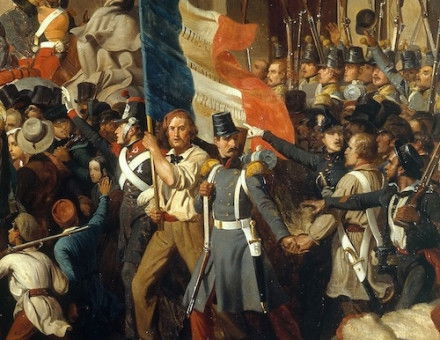William III, Part II
William III was one of the most successful, yet least popular, of British monarchs, writes J.P. Kenyon, whose reign marked a steady advance in the ascent of his adopted country. You can find the first part of this article here.
When the first part of his reign was drawing to a close, William III, as we have seen, had at last been grudgingly accepted by Parliament as “rightful and lawful king.”
But politics were still conducted under considerable strain, a fact always to be remembered in estimating his success. By 1696 the situation had improved, but only from the desperate to the deplorable; and Professor Feiling’s picture, though a trifle highly-coloured, is not exaggerated.
“An atmosphere of evil mystery hangs over these middle years. There are midnight meetings in Bird-Cage Walk, ex-officers of the Guards holding rendezvous in Convent Garden... cabalistic limps and squeezing of oranges in half the inns round St James’s.
Off Dymchurch Flat, government cutters are beating up to intercept the owling boat, which brings brandy and spies from Ambleteuse or Boulogne. Watch is being kept on the Sussex coast for ‘a pock-marked man, black-visaged, wears his own hair;’ peers of England are hidden in the neighbouring farms, waiting on the tide...





